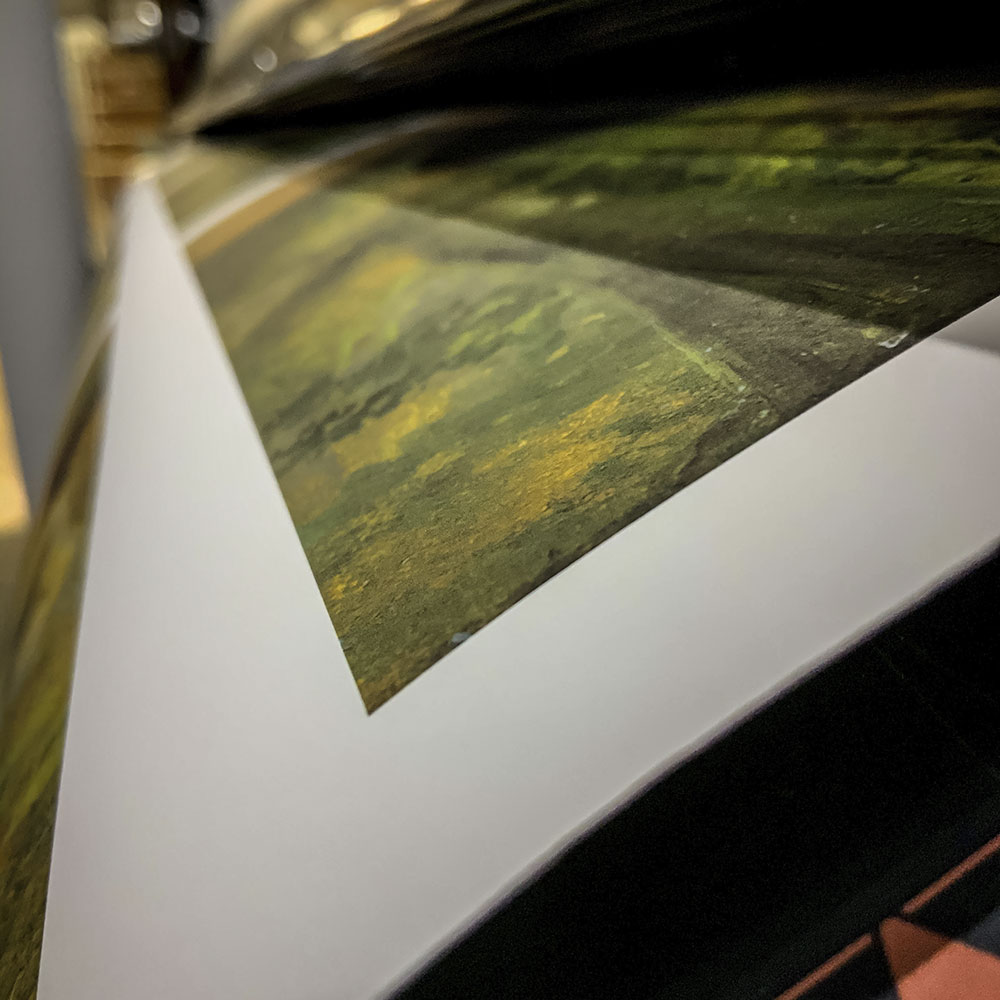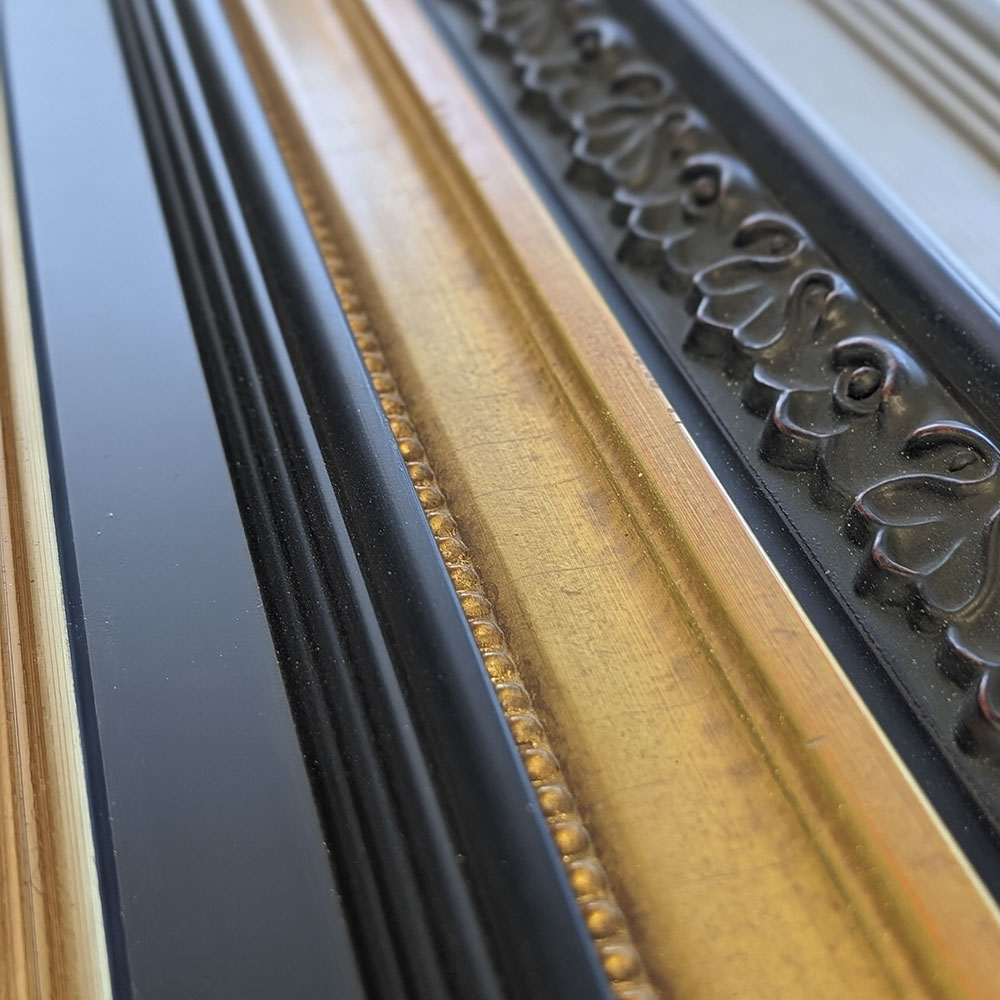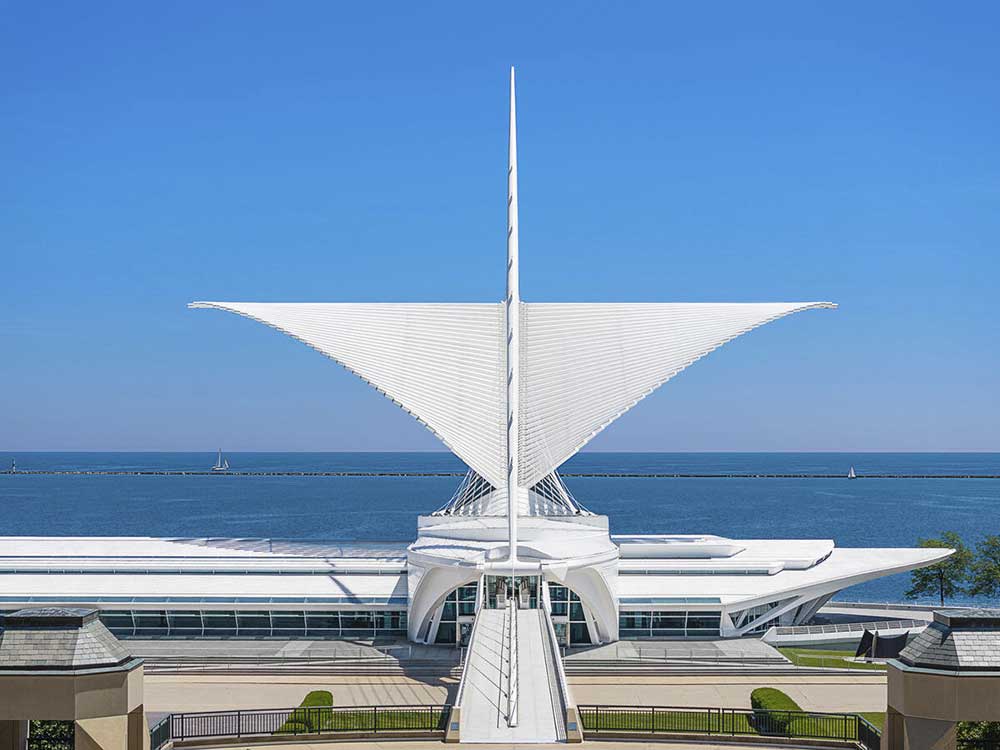William-Adolphe Bouguereau (French, 1825–1905), Homer and His Guide (Homère et son guide), 1874. Oil on canvas, 82 1/4 × 56 1/4 in. (208.92 × 142.88 cm). Layton Art Collection, Inc., Gift of Frederick Layton. L1888.5. Photo: Cleber Bonato.
Carrying on the Neoclassical tradition of David and Ingres, William-Adolphe Bouguereau dominated French academic painting of the late 19th century. Before becoming identified with beautifully crafted, albeit sentimental, images of women and children, Bouguereau concentrated on elevated religious and mythological subjects that historically were the acme of pictorial subject matter. André Chenier’s poem describing shepherds offering their service after hearing the blind Greek poet Homer praying for a guide furnished Bouguereau with a special theme for this painting. The 18th-century French poet Chenier found his inspiration in ancient classical models, as did the Neoclassical painters. Thus by giving visual expression to Chenier’s poem, Bouguereau also subtly managed to demonstrate his ideological support of academic painting.
Website label, 2006. Written by Laurie Winters, Curator of Earlier European Art.



